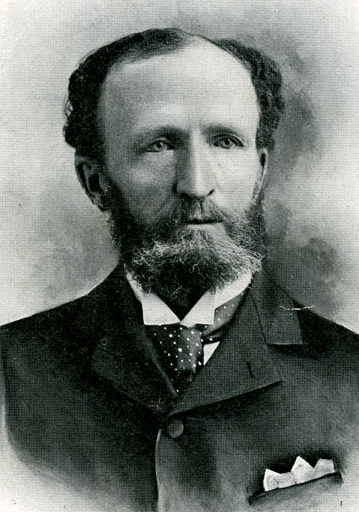William P. Brooks: Difference between revisions - Wikipedia
 Article Images
Article Images
Content deleted Content added
| (One intermediate revision by one other user not shown) | |||
Line 1: {{Short description|American agricultural scientist}} {{Infobox officeholder |name = William Penn Brooks Line 45 ⟶ 46: Brooks stressed both the theoretical and practical in his classes. Students were assigned six hours of field work a week and paid by the hour. Brooks also contributed much to the English education. He conducted the three kinds of English classes, "English" including "Composition" and "Elocution," "Debate," and "Declamation" from 1877 to 1886. His instruction, with diligence and leadership, was intended to qualify students to write and speak English correctly and effectively; focused on the essential points, less encumbered with irrelevant matter; and improved students greatly, giving both more ability and confidence in the expression of ideas.<ref>Akaishi, K. (2013). English teaching and the outcomes by W. P. Brooks, Professor of Sapporo Agricultural College: Investigation of his letters. Nihon Eigo Kyoikushi Kenkyu, 28, 1-22.</ref> In 1882, Brooks traveled home on leave and married. His wife, Eva Bancroft Hall Brooks went after him to live in Sapporo until his contract expired in 1888. During this time they had two children, Rachel Bancroft Brooks and Sumner Cushing Brooks (also to become a Phi Sig, ''Alpha, 1910''), who later married noted American biologist [[Matilda Moldenhauer Brooks]].<ref>{{cite journal|url=https://www.science.org/doi/abs/10.1126/science.108.2815.667 |title=Sumner Cushing Brooks 1888-1948 |publisher=Sciencemag.org |date=1948-12-10 |doi=10.1126/science.108.2815.667 |accessdate=2014-03-31|last1=Heilbrunn |first1=L. V. |journal=Science |volume=108 |issue=2815 |pages=667–668 |pmid=17744031 |bibcode=1948Sci...108..667H |url-access=subscription }}</ref> ===Back to Amherst, by way of Germany=== | |||